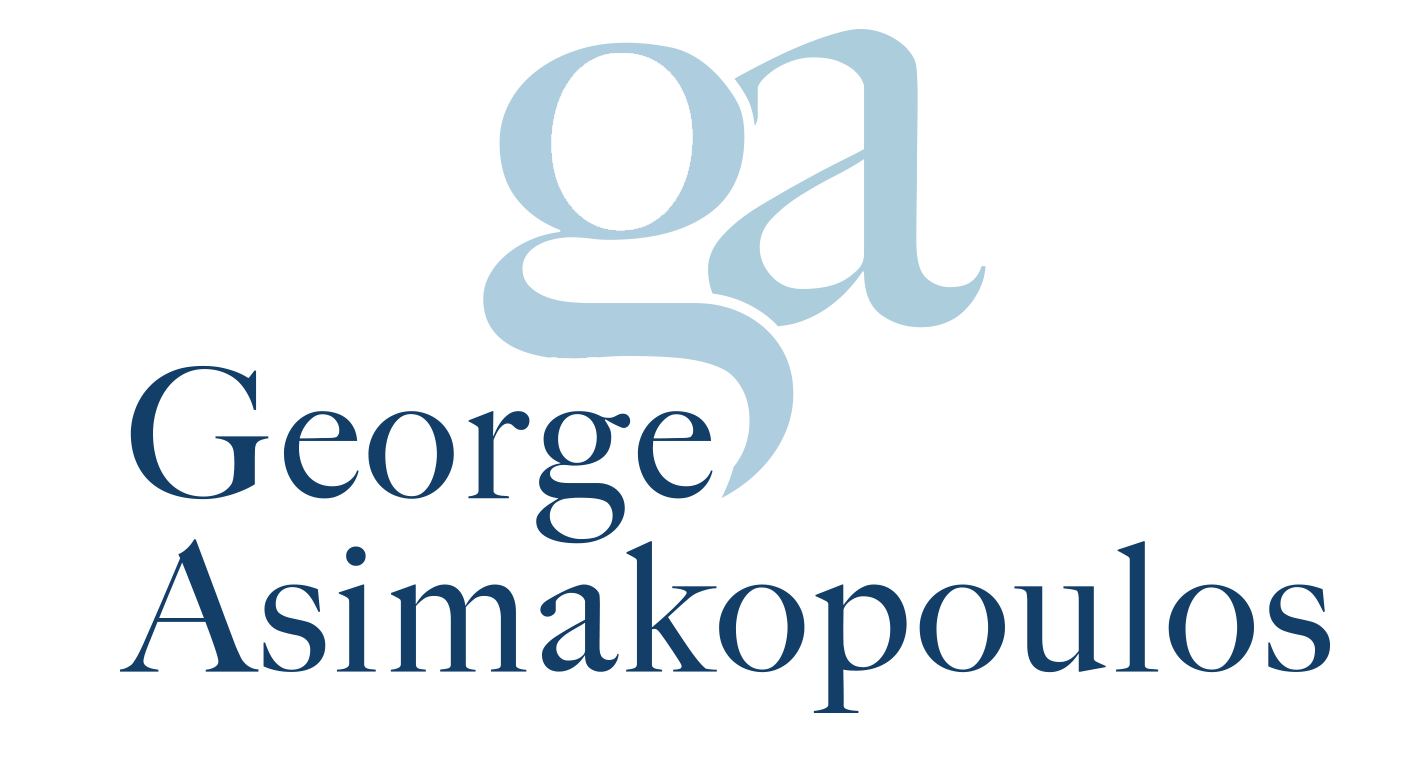Surgery of the Aorta
The Aorta
The aorta is the largest artery of the body. The thoracic aorta originates from the top of the left ventricle from which it is separated by the aortic valve. It is directed upwards (ascending aorta), backwards towards the spine (aortic arch) and downwards running next to the spine (descending aorta) before passing through the diaphragm and entering the abdomen (abdominal aorta). The aorta sends branches directly supplying most major organs including the heart (coronary arteries), upper limbs (subclavian arteries), head and neck (carotid arteries) and also the spinal cord and abdominal organs. The abdominal aorta ends by dividing into the two iliac arteries that supply the lower limbs.
The Ascending Aorta
Most conditions of the aorta requiring management and treatment by a cardiac surgeon affect the ascending aorta and the aortic arch. The first portion of the ascending aorta is called the aortic root. It extends from the aortic valve to the sinotubular junction (Image) and gives origin to the coronary arteries. The aortic root consists of three dilatations called the aortic sinuses. The portion of the ascending aorta that starts from the sinotubular junction is usually slightly smaller in diameter than the aortic root. The natural size of the ascending aorta varies to some extent between individuals. International guidelines have defined its maximum normal diameter as 4.0cm in men and 3.4cm in women. Conditions affecting the ascending aorta that require treatment may be chronic (aneurysms) or acute (acute aortic syndrome).
Ascending aortic aneurysms
This is an enlargement of the ascending aorta associated with weakening of its wall. The commonest risk factors causing an aneurysm are hypertension, atherosclerosis, connective tissue disorders and some inflammatory conditions. Ascending aortic aneurysm are often asymptomatic until they cause complications. These include aortic valve regurgitation and acute aortic dissection. Bicuspid aortic valves are often associated with aneurysms of the ascending aorta. Surgical correction of an aneurysm should be considered when its maximum diameter exceeds 5.5cm. This limit is reduced to 5.0cm in the presence of connective tissue disorders or family history of aortic dissection.
Connective tissue disorders
These are hereditary vascular diseases that are predisposing factors for aortic aneurysm and dissections. The commonest of these conditions is Marfan syndrome. Others include Loyes-Dietz syndrome and vascular Ehlers-Danlos syndrome. Mr Asimakopoulos has extensive experience in replacing the aortic root and the ascending aorta in patients with connective tissue disorders. Procedures used include complete replacement of the aortic valve and root (Bentall procedure) or valve sparing aortic root replacement (David procedure or re-implantation technique).
Complete aortic root replacement (Bentall procedure)
This procedure involves removal of the aortic valve, aortic root and often the rest of the ascending aorta. the removed structures are replaced by composite graft consisting of a prosthetic aortic valve mounted inside a Dacron tube. The prosthetic valve can be tissue or mechanical, depending on the age and preference of the patients. The origins of the coronary arteries (ostia) are mobilised and re-implanted onto the graft.
Valve sparing aortic root replacement
This technique allows preservation of the native aortic valve while the aortic root and the ascending aorta are replaced with a Dacron tube graft. The coronary arteries are re-connected similarly to the Bentall procedure. Mr Asimakopoulos used the David procedure as his preferred aortic valve sparing technique in suitable patients. The advantage of the valve sparing root replacement is that it does not require anticoagulation while it preserves the natural valve.
Detailed guidelines on the treatment of aortic diseases can be found in ‘2022 ACC/AHA Guideline for the Diagnosis and Management of Aortic Disease: A Report of the American Heart Association/American College of Cardiology Joint Committee on Clinical Practice Guidelines’. This document is available on line.
Get Started
First Consultation
Your first consultation will take place in the out-patient clinic. If you are an NHS patient you will need to have been referred by your cardiologist. Private patients may need authorisation from private medical insurance.
